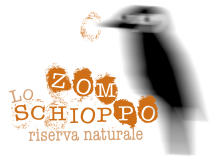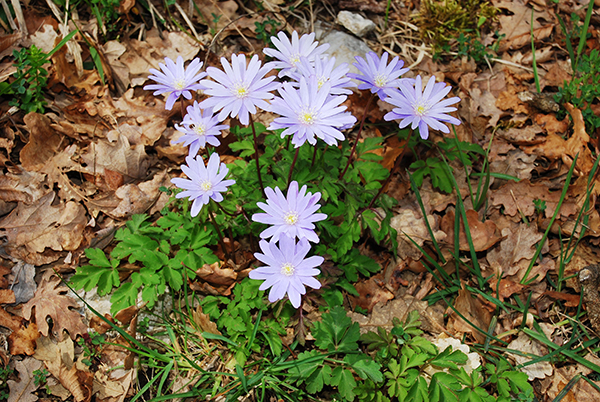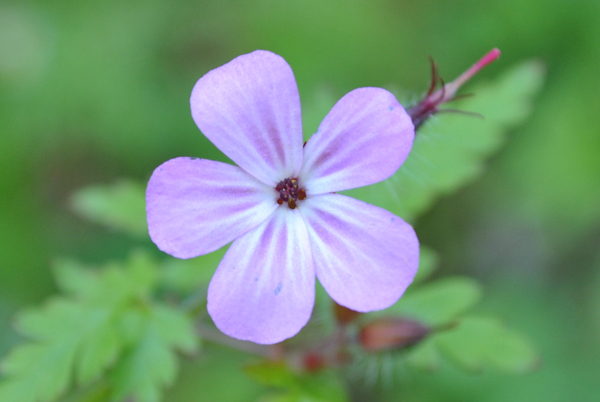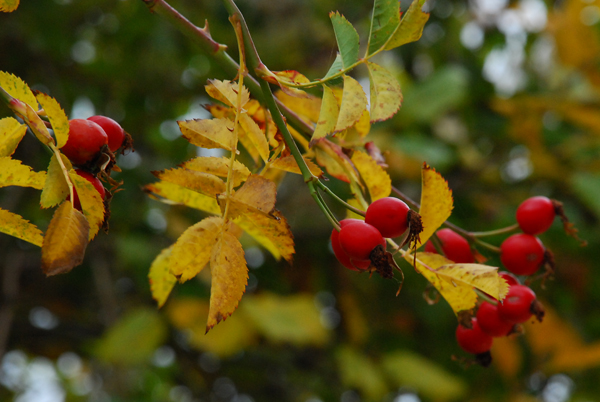Flora
The agricultural landscape, that extends from the valley of the River Liri along the hilly slopes to the river Romito, skirts the eastern border of the reserve; plots in actuality cultivation alternate with others abandoned,
gradually more frequent progressing towards the mountain, at different stages of recolonisation by woody and herbaceous vegetation; hedges and rows, to the delimitation of the fields, give the landscape looks the same “traditional” and contribute to its variety, together with strips of wood, residues in the most inhospitable areas for agriculture.
The lower limit of the Reserve marks the transition to a more rugged morphology, and with it a change in the vegetation cover, the varias dell'altitudine, exposure, soil.
The most conspicuous component is formed by deciduous forests certainly submontane and montane, that characterize the territory of the Reserve, with rare interruption, up to 1.800 m. The vegetation of the reserve and neighboring cities that manifests itself with a rich flora of more than 300 species, is characterized by extensive and typical beech that a minimum share of 900-1000 meter rise sin'oltre the 1800 m.s.m..
Do not miss the tall centuries-old specimens with exceptional habit; a large strip of beech wood is pushed down to the 700 m, with majestic specimens for age and gait. The beech (Fagus sylvatica), represents the climax of the formation of the Apennines mountain belt between the 1000 e i 1800-1900 m.s.m., intending to climax the final phase of a type of vegetation, stable, in close relation with the characteristics of soil and climatic region; in the climax stage the only possible evolution is manifested only in the sense of regression.
The forest cover of the Reserve as a whole covers more than 80% of the extension of the protected area. The “floor sub-hilly”, which in our case extends from the altitude of 600-700 m.s.m., includes all species typical of that segment elevation, because it has a sub-Mediterranean vegetation, with a downy oak termoxerofili (Quercus pubescens) and submontane vegetation with oak to oak mesophilic (Quercus cerris), this band are found in the basal, addition to the above oaks and maples also cerro (Acer campestre), l'steel minore (Acer monspessulanum), the wild apple tree (Malus sylvestris), Steel obtusatum, hornbeam (Carpinus betulus), hornbeam (Ostrya carpinifolia), the service tree (Sorbus domestica), the whitebeam (Sorbus aria), the orniello (Fraxinus ornus), lime (Tilia platyphyllos), the core (Corylus avellana), laburnum (Laburnum anagyroides), cherry canine (Prunus Mahale), common juniper (Juniperus communis), hawthorn (Crataegus monogyna), rose hips (Rosa canina), etc...




